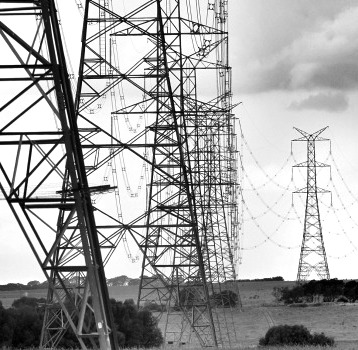Nuclear knocked in cost report
 A new report finds running Australia on nuclear power would be one of the most expensive possible options.
A new report finds running Australia on nuclear power would be one of the most expensive possible options.
The 2023-24 GenCost report from CSIRO lays out the economic advantages of renewable energy technologies in Australia.
This report, a collaboration between CSIRO and the Australian Energy Market Operator (AEMO), provides comprehensive cost assessments for future electricity generation, storage, and hydrogen production.
Renewable energy technologies continue to be the most cost-effective options for new electricity generation projects, the experts say.
Despite global inflationary pressures, the costs associated with renewables, including necessary storage and transmission, remain lower than those of other technologies.
For the first time, the GenCost report includes cost estimates for large-scale nuclear power.
This addition was driven by increased interest from stakeholders, particularly following the updated costs for small modular reactors (SMRs) in the 2023-24 consultation draft.
The report has revised future cost projections for wind power upward, reflecting slow recovery from global inflationary impacts. Both onshore and offshore wind costs are expected to increase over the next decade.
The report examined the feasibility of large-scale nuclear power in Australia's electricity system.
It concluded that, while technically feasible, nuclear power remains significantly more expensive than renewables and would require at least 15 years to develop.
The estimated cost for building a large-scale nuclear plant in Australia is at least $8.5 billion, with an expected electricity generation cost of $150 to $250 per megawatt hour - approximately double that of wind and solar power backed by batteries.
The inclusion of nuclear costs is based on successful models from South Korea, adjusted for Australian conditions.
However, the report warns of potential cost blowouts and extended timeframes, given Australia's lack of existing nuclear infrastructure and expertise.
Wind power, particularly offshore, faces the highest cost increases due to inflationary pressures.
In contrast, large-scale solar photovoltaic (PV) costs have decreased by 8 per cent, maintaining its competitive edge in the renewable sector.
The report also indicates that gas turbine costs have risen by up to 14 per cent, while the capital costs for other technologies have remained relatively stable.
The GenCost report is pivotal for informing Australia’s energy strategy as it transitions away from coal-fired power.
Despite the higher costs and extended development timelines for nuclear power, the report reaffirms the economic viability and strategic importance of renewable energy technologies in achieving a sustainable and cost-effective energy future.








 Print
Print